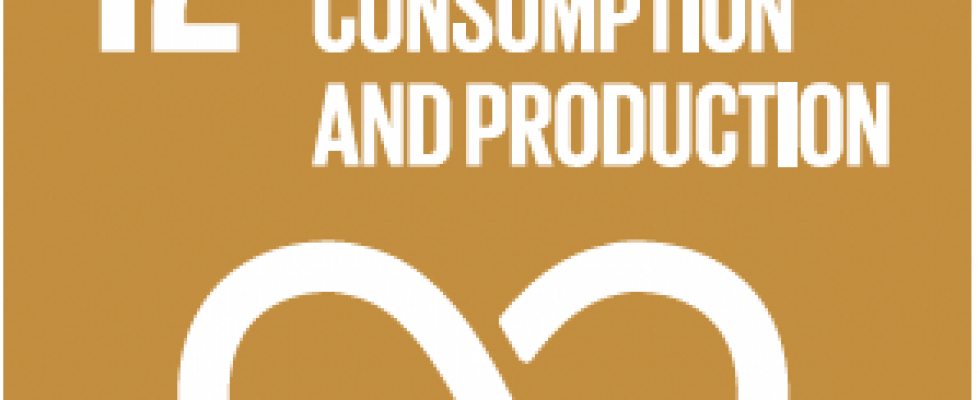PLANET
It is generally assumed that by the year 2050, the humanity would require 3 planets to employ adequate natural resources for the fashion industry, which beholds serious responsibilities for the accelerating exploitation and damage of atmosphere, animals, forests, water, as well as human beings.
Circular economy is considered a valid solution regarding making better use of resources, although its effectiveness remains controversial. The purpose of this model is stated as to minimise resource exploitation, maximise waste prevention, while restore and regenerate the environment (Velenturf, A. P., & Purnell, P. 2021. Principles for a sustainable circular economy). However, some have argued that under certain practices, e.g waste to energy process, it not only contributes to higher carbon emissions, but could potentially destroy resources that could be recycled, resulting in the economy being more dependent on raw inputs rather than achieving better recycling (European Commission. 2017. The role of waste-to-energy in the circular economy).
Sustainability, by definition, is to meet the present needs while retaining sufficient resources for future generations. The fashion industry is known as the second most polluting industry around the globe. Only around 1% of products is currently recycled to achieve sustainability (Subramanian Senthilkannan Muthu. 2018. Sustainable Fashion). However, as end customers arise awareness to sustainability in their purchasing habits, e.g preferring environmentally friendly packaging or products made by sustainable materials, sustainability is no longer just “nice to have” but critical to businesses (Tamara Charm, Andre Dua, Kelsey Robinson. 2022. Rise of the inclusive, sustainable consumers). Achieving sustainability in fashion can be disassembled into 4 aspects: Maintain. Reuse. Remanufacture. Recycle. Vivienne Westwood is a brand that values sustainability, by introducing low-impact textiles in its designs and using 100% sustainable merino wool for its entire 2022SS collection.
The UN Sustainable Development Goals (SDGs) comprises 17 goals in relation to the economy, environment and social development, which are aimed to be achieved by 2030. Among these goals, responsible consumption and production potentially has a closer relation with the fashion industry, as it aims to decouple economic growth from resource use (UN 2023, The Sustainable Development Goals Report). Hence, an alternative path for the fashion economic development is required to pursue this SDG. For instance, encouraging second-hand trends, or reselling excess raw inputs, which would reduce the industry’s resource usage.
